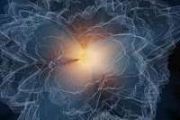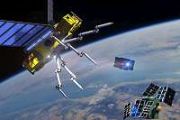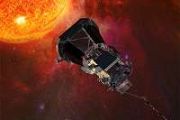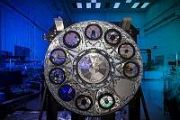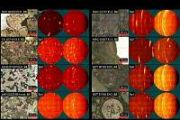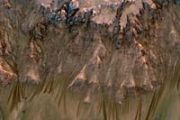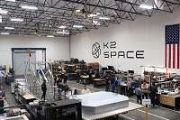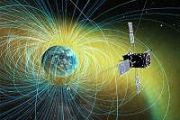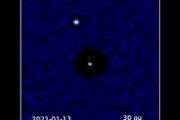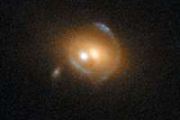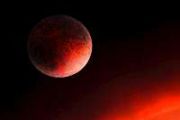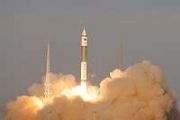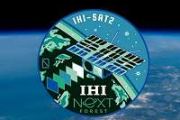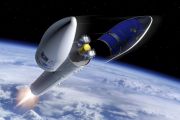
Copernical Team
Crew-4 arrive at Kennedy Space Center
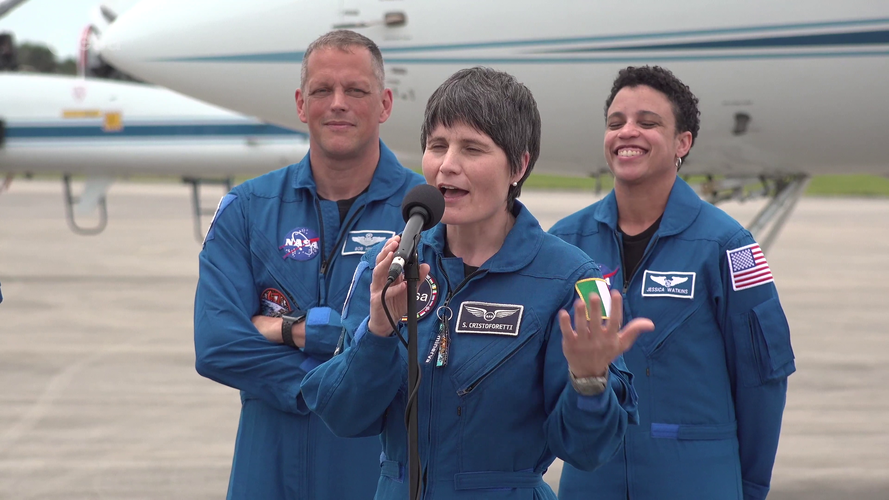 Video:
00:06:28
Video:
00:06:28
ESA astronaut Samantha Cristoforetti arrives at NASA’s Kennedy Space Center in Florida, USA, with NASA astronauts Kjell Lindgren, Bob Hines and Jessica Watkins on 18 April 2022.
Collectively known as Crew-4, the astronauts flew in from Houston, Texas, and will spend the next week in quarantine before being launched to the International Space Station on a SpaceX Crew Dragon spacecraft.
When they arrive at the Station, Samantha’s Minerva mission will officially begin. This is the second long-duration space mission for Samantha who first flew to the orbital outpost in 2014 for her Italian Space Agency ASI-sponsored mission Futura.
Samantha will
The Moon – where no satnav has gone before
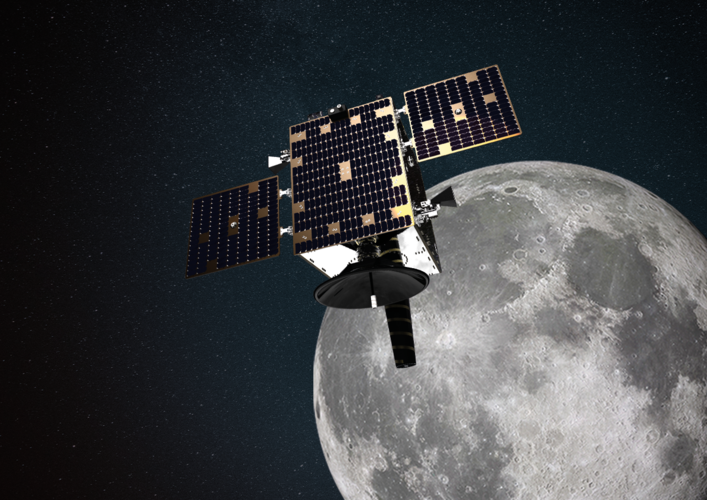
The test version of a unique satellite navigation receiver has been delivered for integration testing on the Lunar Pathfinder spacecraft. The NaviMoon satnav receiver is designed to perform the farthest ever positioning fix from Earth, employing signals that will be millions of times fainter than those used by our smartphones or cars.
Weather satellite prepares for lightning
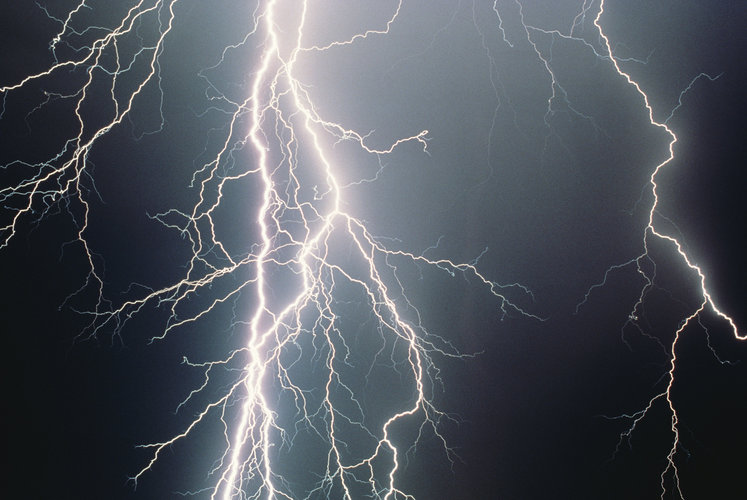
As one of the last milestones before liftoff at the end of the year, the first Meteosat Third Generation weather satellite is being fitted with its Lightning Imager. From geostationary orbit, 36 000 km above Earth’s surface, this state-of-the-art European instrument will continuously monitor lightning over more than 80% of Earth’s disc for early warnings of dangerous storms. Remarkably, it is capable of imaging relatively weak lightning events in full sunlight.
Scientists have improved the composition of radiation protection glasses
 Scientists at the Ural Federal University (UrFU) with colleagues from the Arabian Peninsula have improved the radiation protection properties of glass, in particular borate glasses (boron oxide-based glass). They introduced special additives into the basic composition of the glass - heavy metal oxides. This significantly increased the density of the material without affecting its transparency. A
Scientists at the Ural Federal University (UrFU) with colleagues from the Arabian Peninsula have improved the radiation protection properties of glass, in particular borate glasses (boron oxide-based glass). They introduced special additives into the basic composition of the glass - heavy metal oxides. This significantly increased the density of the material without affecting its transparency. A NASA's New Material Built to Withstand Extreme Conditions
 NASA innovators recently developed a new metal alloy using a 3D printing process that dramatically improves the strength and durability of the components and parts used in aviation and space exploration, resulting in better and longer-lasting performance.
NASA Alloy GRX-810, an oxide dispersion strengthened (ODS) alloy, can endure temperatures over 2,000 degrees Fahrenheit, is more malleab
NASA innovators recently developed a new metal alloy using a 3D printing process that dramatically improves the strength and durability of the components and parts used in aviation and space exploration, resulting in better and longer-lasting performance.
NASA Alloy GRX-810, an oxide dispersion strengthened (ODS) alloy, can endure temperatures over 2,000 degrees Fahrenheit, is more malleab Abundant features on Europa bodes well for search for extraterrestrial life
 Europa is a prime candidate for life in our solar system, and its deep saltwater ocean has captivated scientists for decades. But it's enclosed by an icy shell that could be miles to tens of miles thick, making sampling it a daunting prospect. Now, increasing evidence reveals the ice shell may be less of a barrier and more of a dynamic system - and site of potential habitability in its own right
Europa is a prime candidate for life in our solar system, and its deep saltwater ocean has captivated scientists for decades. But it's enclosed by an icy shell that could be miles to tens of miles thick, making sampling it a daunting prospect. Now, increasing evidence reveals the ice shell may be less of a barrier and more of a dynamic system - and site of potential habitability in its own right Glide Breaker Program Enters New Phase
 DARPA is seeking innovative proposals to conduct wind tunnel and flight testing of jet interaction effects for Phase 2 of the Glide Breaker program. The overall goal of Glide Breaker is to advance the United States' ability to counter emerging hypersonic threats.
Phase 1 of the program focused on developing and demonstrating a divert and attitude control system (DACS) that enables a kill v
DARPA is seeking innovative proposals to conduct wind tunnel and flight testing of jet interaction effects for Phase 2 of the Glide Breaker program. The overall goal of Glide Breaker is to advance the United States' ability to counter emerging hypersonic threats.
Phase 1 of the program focused on developing and demonstrating a divert and attitude control system (DACS) that enables a kill v Kamala Harris announces U.S. ban on anti-satellite missile tests
 Vice President Kamala Harris announced the United States' commitment to not conduct anti-satellite missile tests, making it the first country to institute the self-imposed ban against the destruction of orbitals that jeopardize the long-term sustainability of space.
"Simply put, these tests are dangerous and we will not conduct them," she said.
Harris announced the ban Monday night b
Vice President Kamala Harris announced the United States' commitment to not conduct anti-satellite missile tests, making it the first country to institute the self-imposed ban against the destruction of orbitals that jeopardize the long-term sustainability of space.
"Simply put, these tests are dangerous and we will not conduct them," she said.
Harris announced the ban Monday night b Building a better spacesuit
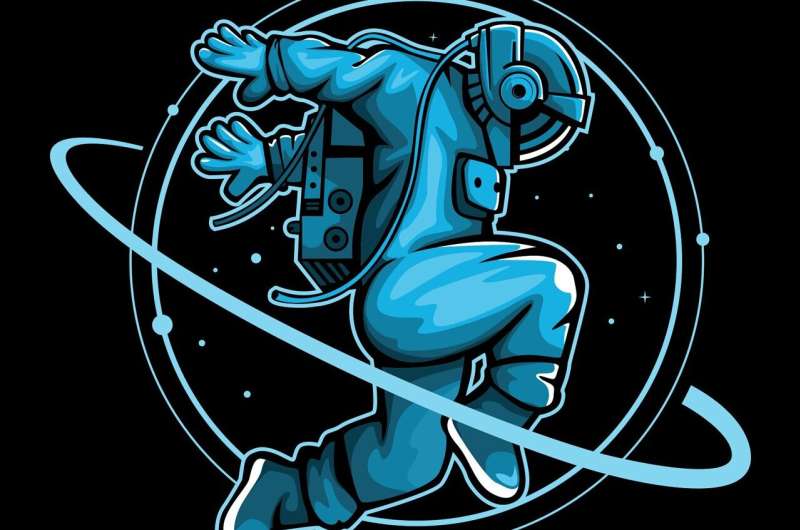
It's been 50 years since humans first walked on the moon. Since then, astronauts have primarily explored low Earth orbit. Now that NASA is preparing to return to the moon, experts are reevaluating the practicality of the spacesuit.
Ana Diaz Artiles, assistant professor in the Department of Aerospace Engineering at Texas A&M University, and graduate student Logan Kluis have been working on developments for the SmartSuit, a new spacesuit architecture that would create a safer and better spacesuit environment for Extravehicular Activity (EVA) on planetary surfaces.
The SmartSuit is a spacesuit architecture proposed by Diaz Artiles that focuses on three key improvements to the current suit design; increased mobility, enhanced safety and informed interaction between the environment and the astronaut. Most recently, Diaz Artiles and Kluis, in collaboration with Robert Shepherd, associate professor at Cornell University, have been developing prototypes of soft-robotics assistive actuators for the knee joints.
"The current spacesuit has been designed for microgravity conditions; in these conditions, astronauts don't need to walk or move around using their lower body, they typically translate themselves using their upper body," said Diaz Artiles.
Celebrating Hubble's 32nd birthday with a galaxy grouping
 The NASA/ESA Hubble Space Telescope is celebrating its 32nd birthday with a stunning look at an unusual close-knit collection of five galaxies, called the Hickson Compact Group 40. This snapshot reflects a special moment in their lifetimes as they fall together before they merge.
This menagerie includes three spiral-shaped galaxies, an elliptical galaxy and a lenticular (lens-like) galaxy.
The NASA/ESA Hubble Space Telescope is celebrating its 32nd birthday with a stunning look at an unusual close-knit collection of five galaxies, called the Hickson Compact Group 40. This snapshot reflects a special moment in their lifetimes as they fall together before they merge.
This menagerie includes three spiral-shaped galaxies, an elliptical galaxy and a lenticular (lens-like) galaxy. 

